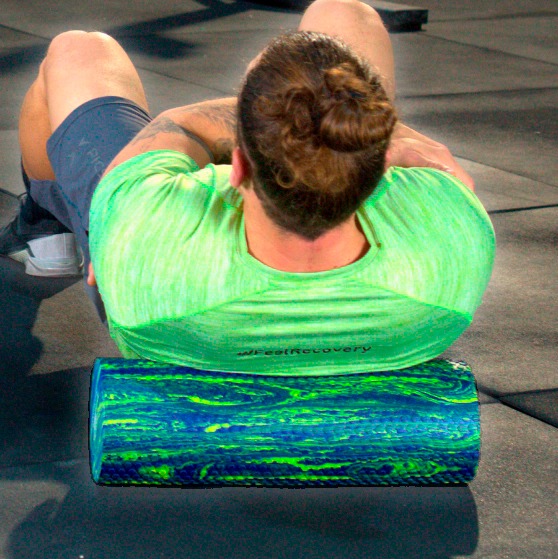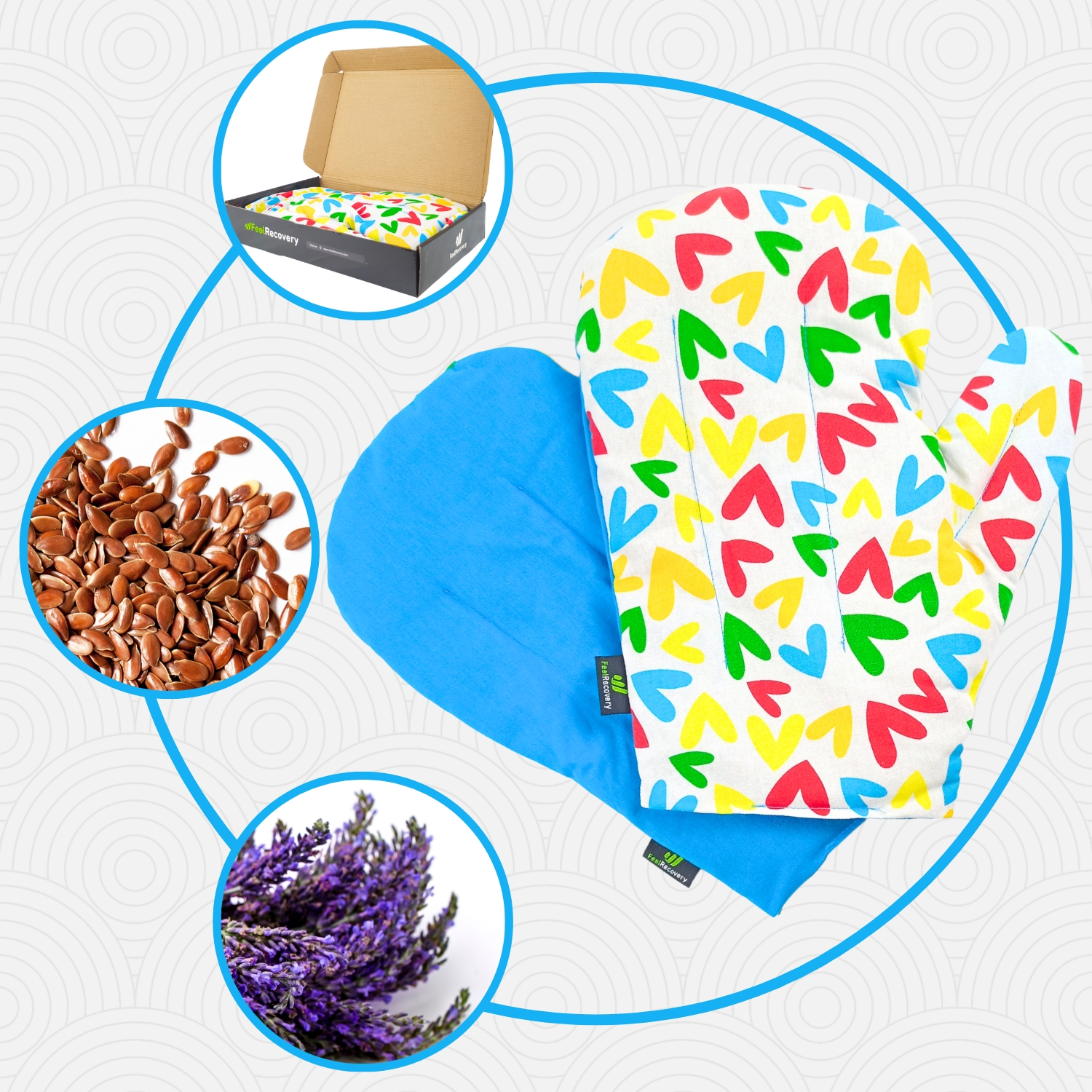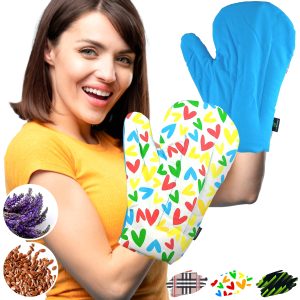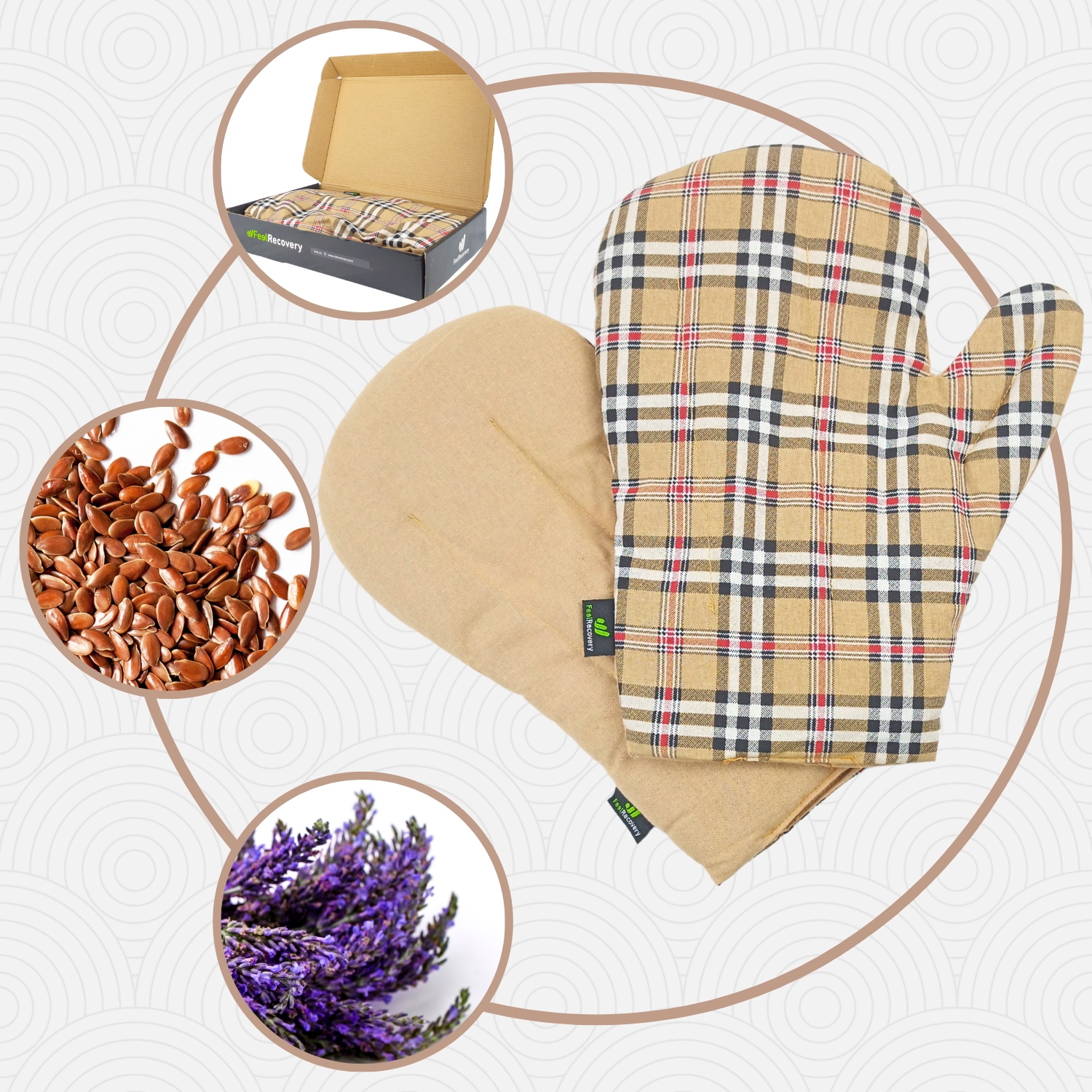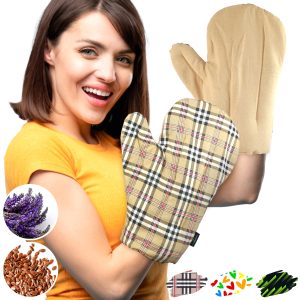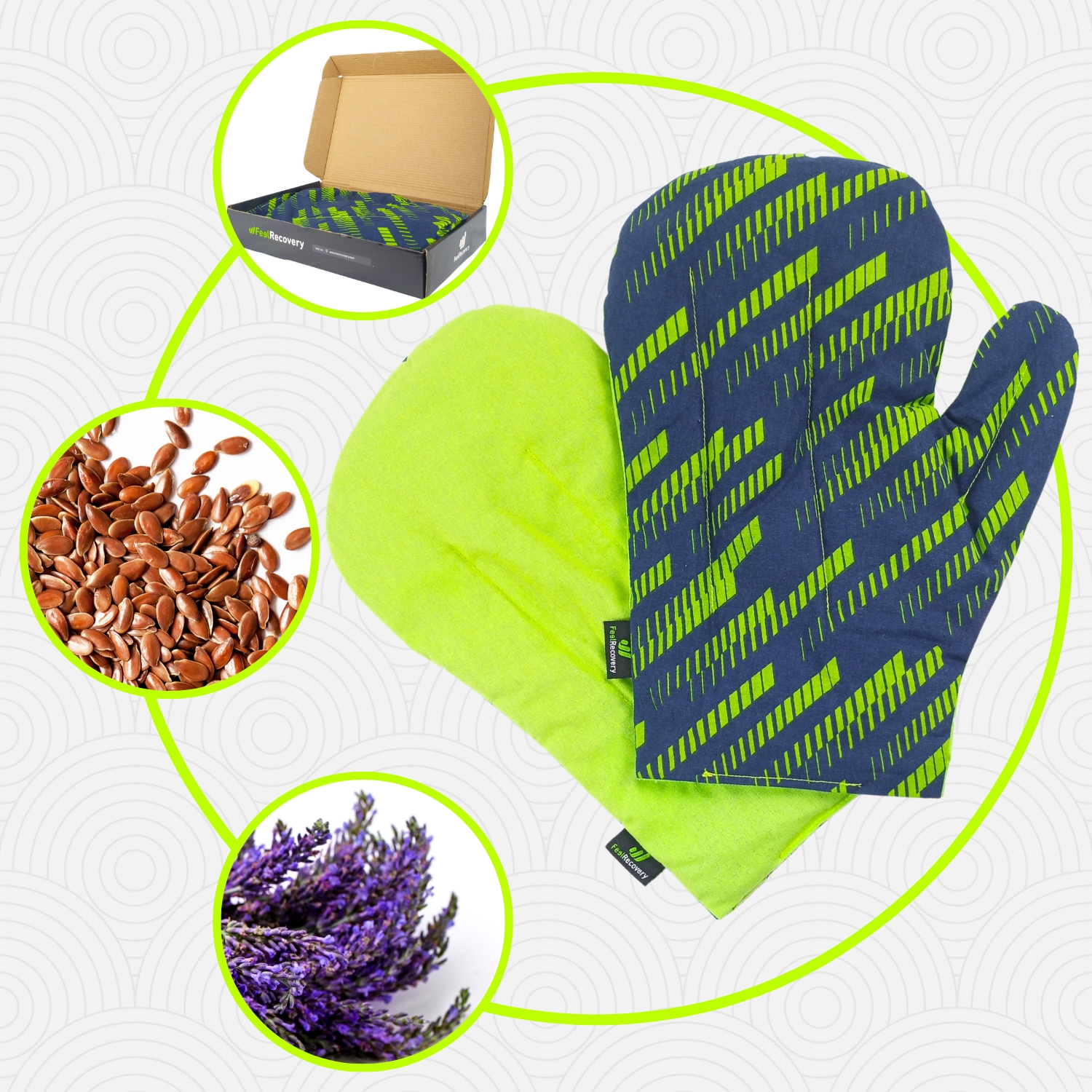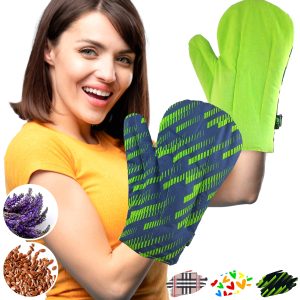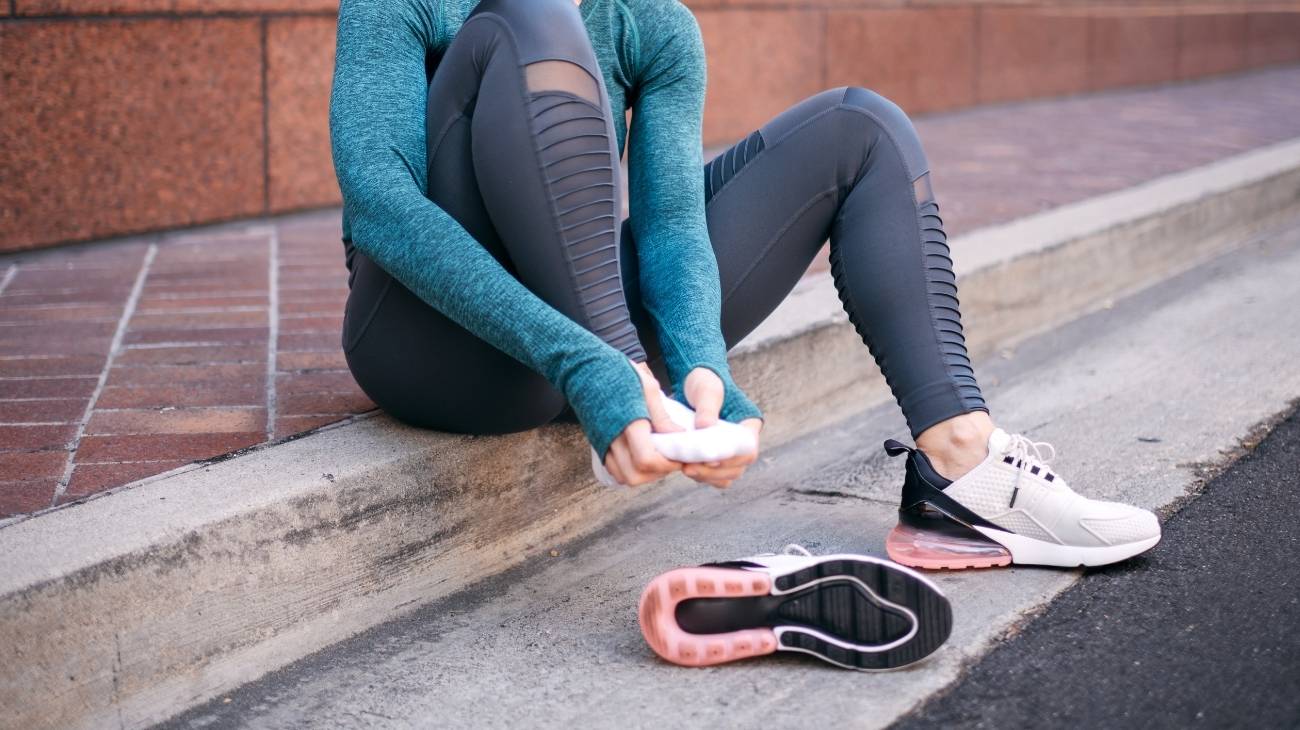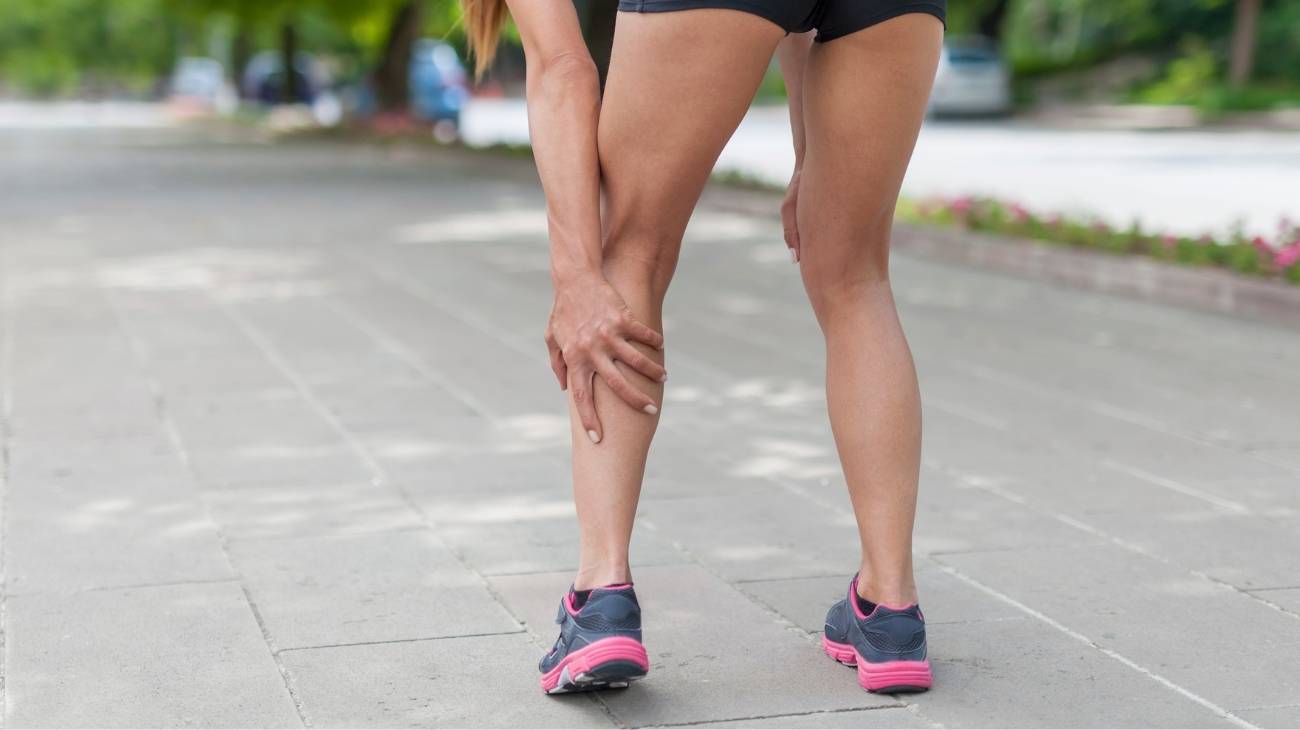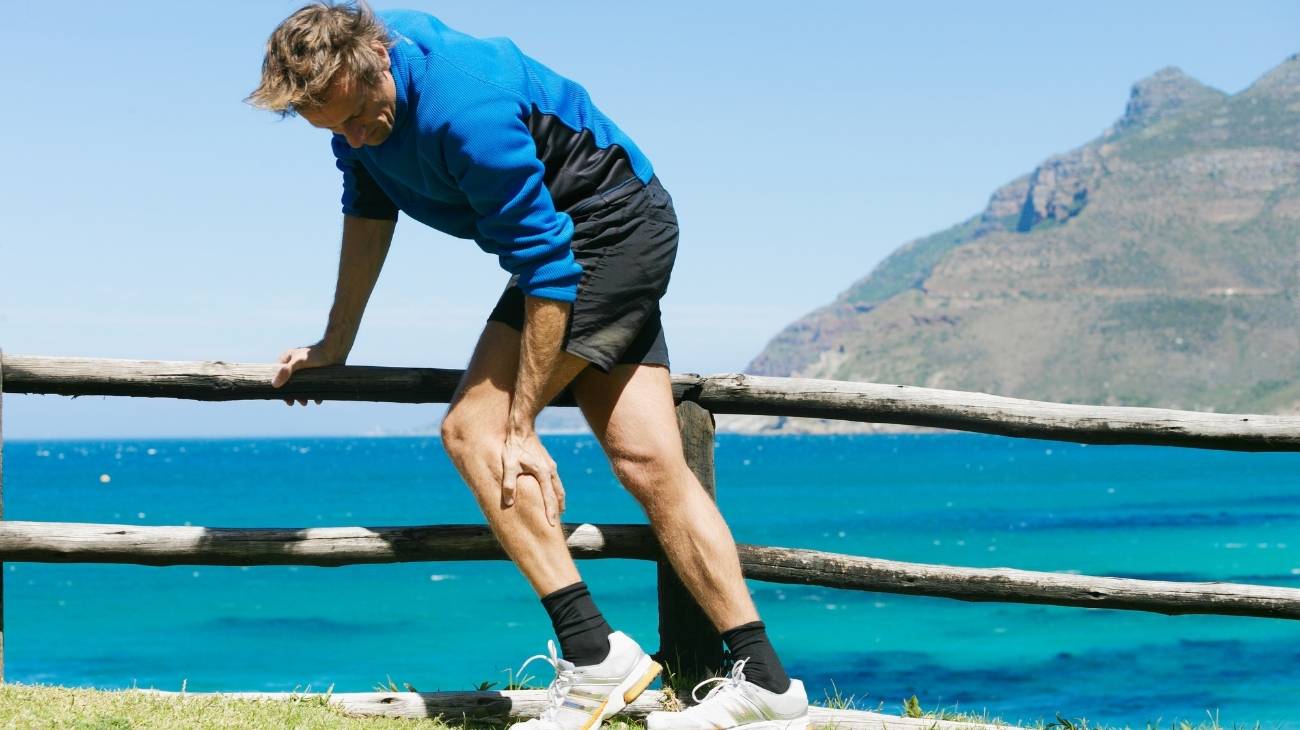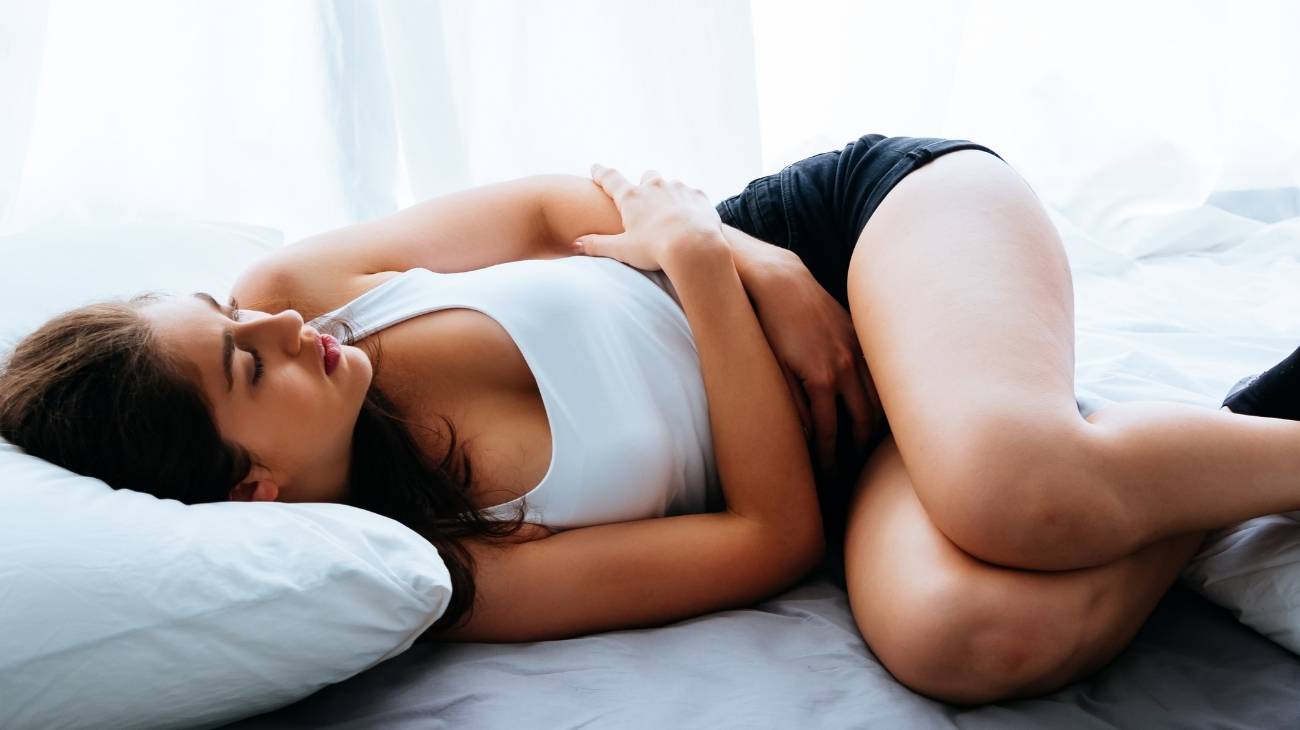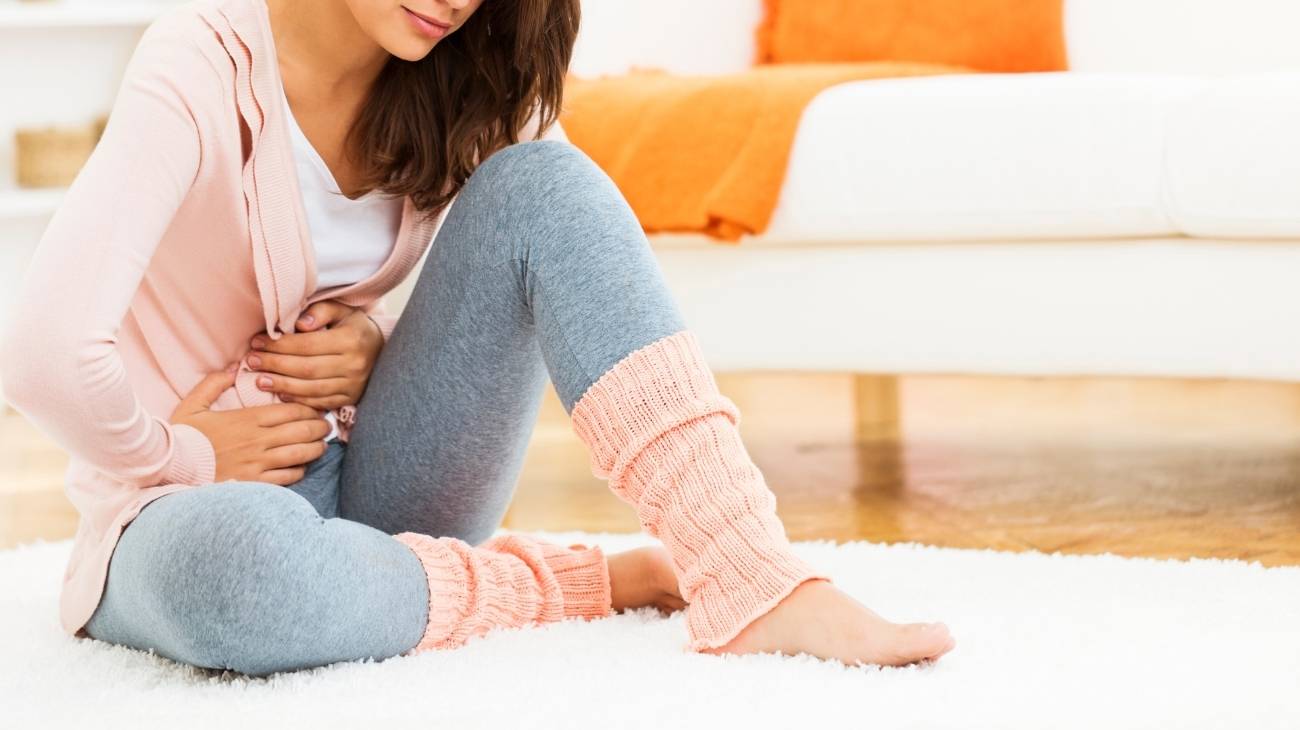Hand and finger cramps can interrupt your daily routine, causing discomfort and limiting your ability to perform basic tasks. These cramps often result from overuse, poor circulation, or underlying conditions like arthritis or tendonitis. Thankfully, modern therapeutic products are designed to provide relief and prevent future occurrences. Our range includes heated gloves, compression sleeves, and ergonomic massagers, which are specially crafted to promote muscle relaxation and improve hand mobility.
Heated gloves are among the most effective products for alleviating hand and finger cramps. By delivering consistent warmth, these gloves relax tense muscles, reduce stiffness, and enhance blood flow to the affected areas. They are particularly useful during colder months when circulation issues are more common. Pairing heated gloves with light stretches can further enhance flexibility and reduce cramp recurrence.
Compression sleeves are another excellent option for managing hand cramps. These products apply gentle, even pressure, improving circulation and reducing inflammation. Compression also supports weak or overworked muscles, offering both immediate relief and long-term benefits. For individuals with repetitive strain injuries or prolonged keyboard use, compression sleeves can help prevent fatigue and maintain muscle health.
For those seeking a more personalized experience, ergonomic massagers provide targeted relief by stimulating blood flow and relieving muscle tension. These devices are designed to reach deeper muscle layers, making them ideal for persistent cramps or spasms caused by stress or overexertion. Regular use of hand massagers not only alleviates pain but also improves overall muscle elasticity and flexibility.
Incorporating electrotherapy can further optimize your recovery. TENS machines are highly effective for managing severe or chronic cramps by delivering electrical impulses to stimulate nerves and reduce pain. Combining TENS therapy with physical products like compression sleeves ensures a holistic approach to recovery and prevention.
To maximize the effectiveness of these products, adopting a regular care routine is essential. Pairing therapeutic devices with hydration and a balanced diet can significantly reduce the frequency of cramps. Staying active through light exercises, such as finger stretches and grip-strengthening exercises, ensures optimal muscle function. Always consult a healthcare professional for personalized advice, particularly if cramps persist despite treatment.
Our curated selection of products is crafted with high-quality materials to ensure durability and comfort. Whether you need relief from occasional cramps or ongoing support for a chronic condition, our range offers reliable solutions tailored to your needs. Explore our collection today and take the first step towards pain-free hands and fingers.
FAQ: Frequently Asked Questions
What are the main benefits of using these products?
The primary benefits include pain relief, improved circulation, and enhanced hand mobility. Heated gloves and compression sleeves provide warmth and support, while massagers target muscle tension effectively.
How do I choose the best product for my cramps?
Select a product based on your symptoms and lifestyle needs. Heated gloves are ideal for cold-induced cramps, while compression sleeves suit those needing continuous support. Ergonomic massagers are perfect for deep muscle relief.
Are these products safe for daily use?
Yes, all products are designed for regular use with safe, skin-friendly materials. Follow care instructions for best results and consult a professional for chronic issues.
How do I maintain these products?
Maintenance is simple and ensures longevity. Wash removable glove covers regularly, clean massager surfaces with a damp cloth, and store products in a cool, dry place.
When can I expect results?
Immediate relief is common with heat and massage therapies. Consistent use over weeks can provide long-term improvements in muscle health and cramp prevention.




